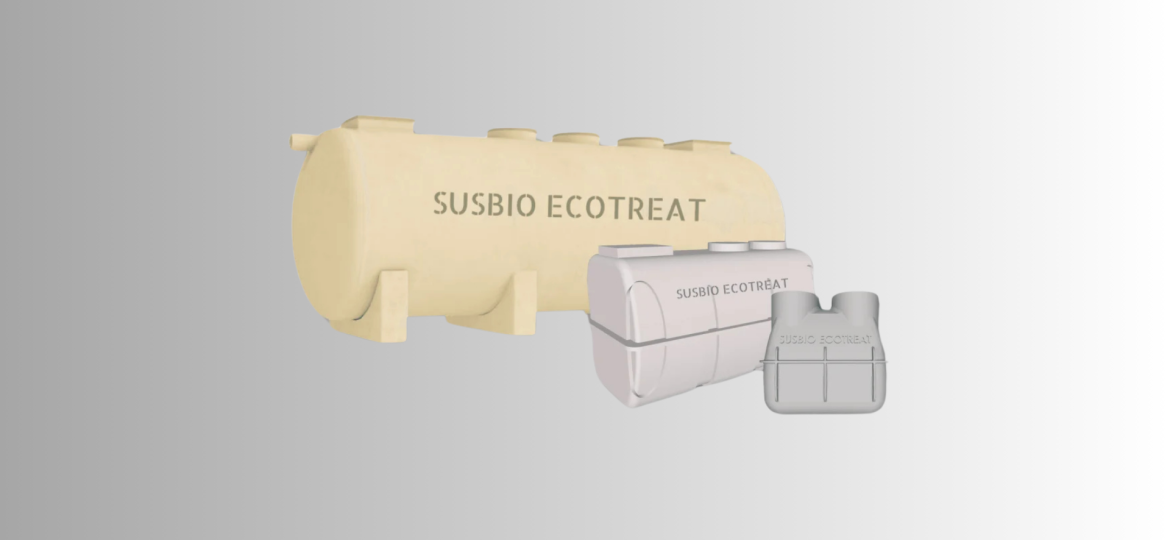
Introduction
Sewage and wastewater treatment is essential for maintaining environmental sustainability and public health. Modern sewage treatment plants (STPs) are designed with advanced technologies to efficiently purify water before it is discharged into the environment or reused for various applications. These plants remove contaminants, reduce harmful microorganisms, and ensure treated water meets regulatory standards. This blog explores the science behind sewage and wastewater treatment, focusing on how modern STPs function and their role in sustainable water management.
Understanding Sewage and Wastewater Treatment
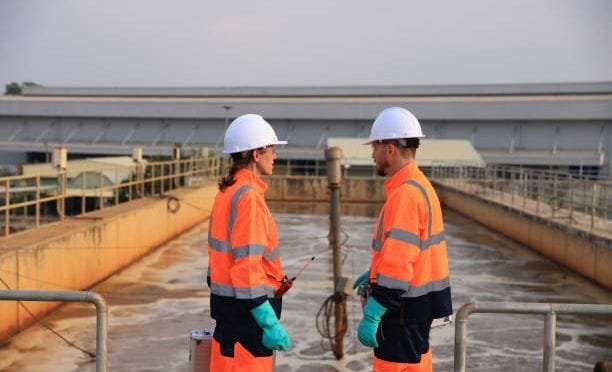
Sewage and wastewater treatment involves multiple stages to remove physical, chemical, and biological impurities from water. The process ensures that treated water is safe for disposal or reuse. The key objective is to minimize pollutants, prevent environmental contamination, and support water conservation efforts.
1. Primary Treatment: Physical Filtration
The first stage in sewage water treatment is primary treatment, where large solids and debris are removed through:
Screening: Removes plastics, paper, and other non-biodegradable materials.
Sedimentation: Allows heavier solids to settle at the bottom, forming sludge.
Grit Removal: Eliminates sand, gravel, and small particles that may damage equipment.
This phase prepares wastewater for further purification by removing up to 50% of total suspended solids (TSS).
2. Secondary Treatment: Biological Processes
Secondary treatment relies on microbial activity to break down organic matter and remove harmful bacteria. It includes:
Activated Sludge Process: Uses aeration tanks where microorganisms digest organic pollutants.
Trickling Filters: Water passes over biofilm-covered media, facilitating the breakdown of contaminants.
Sequential Batch Reactors (SBRs): A controlled process that treats sewage in batch cycles.
By the end of this stage, up to 90% of organic pollutants are eliminated, significantly improving water quality.
3. Tertiary Treatment: Advanced Filtration and Disinfection
Modern sewage treatment plants incorporate tertiary treatment to further purify water before discharge. This stage includes:
Filtration: Sand or membrane filters remove residual particles and microorganisms.
Disinfection: Chlorination, ultraviolet (UV) light, or ozone treatment kill pathogens.
Nutrient Removal: Eliminates excess nitrogen and phosphorus to prevent water pollution.
Tertiary treatment ensures water is safe for environmental release, irrigation, or industrial reuse.
Innovative Technologies in Modern STPs
1. Membrane Bioreactors (MBRs)
Combining biological treatment with membrane filtration, MBRs offer high-efficiency sewage and wastewater treatment by producing ultra-clean effluent suitable for reuse.
2. Moving Bed Biofilm Reactors (MBBRs)
These reactors use biofilm-coated carriers to enhance microbial activity, improving treatment efficiency and reducing plant footprint.
3. SBR-Based Systems
STPs utilizing Sequential Batch Reactors optimize treatment processes with energy-efficient aeration and batch processing for superior pollutant removal.
4. Decentralized Packaged STPs
Compact and prefabricated sewage treatment plants provide effective on-site wastewater treatment for residential and commercial applications, reducing the need for extensive sewer networks.
The Role of STPs in Sustainable Water Management
Modern sewage and wastewater treatment systems contribute significantly to water conservation and environmental protection:
Water Reuse: Treated water can be used for landscaping, flushing, and industrial applications, reducing freshwater demand.
Energy Efficiency: Advanced STPs use energy-efficient aeration and sludge treatment techniques, minimizing operational costs.
Reduction of Pollution: Effective sewage water treatment prevents contamination of rivers, lakes, and groundwater, protecting ecosystems and public health.
Conclusion
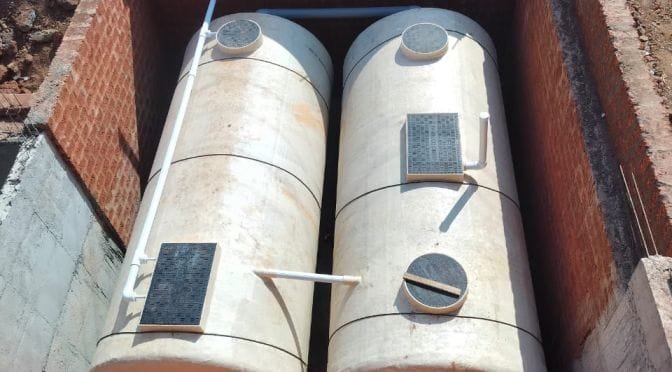
The science behind modern sewage treatment plants is continuously evolving, incorporating cutting-edge technologies to ensure efficient water purification. As demand for sustainable water solutions grows, sewage and wastewater treatment will play a critical role in environmental conservation and resource management. Investing in advanced STPs ensures cleaner water, a healthier environment, and a sustainable future for all.
By choosing high-quality sewage water treatment solutions, industries, municipalities, and residential communities can contribute to water security while meeting regulatory standards. Efficient sewage treatment plants not only protect natural water sources but also support sustainable urban development.



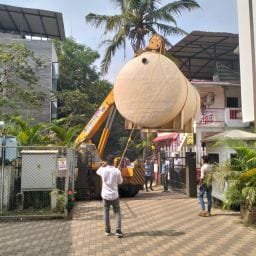



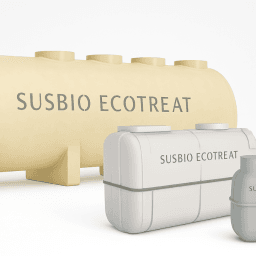


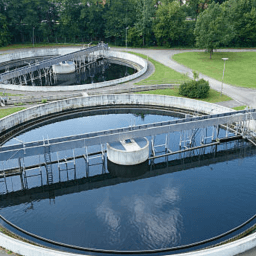






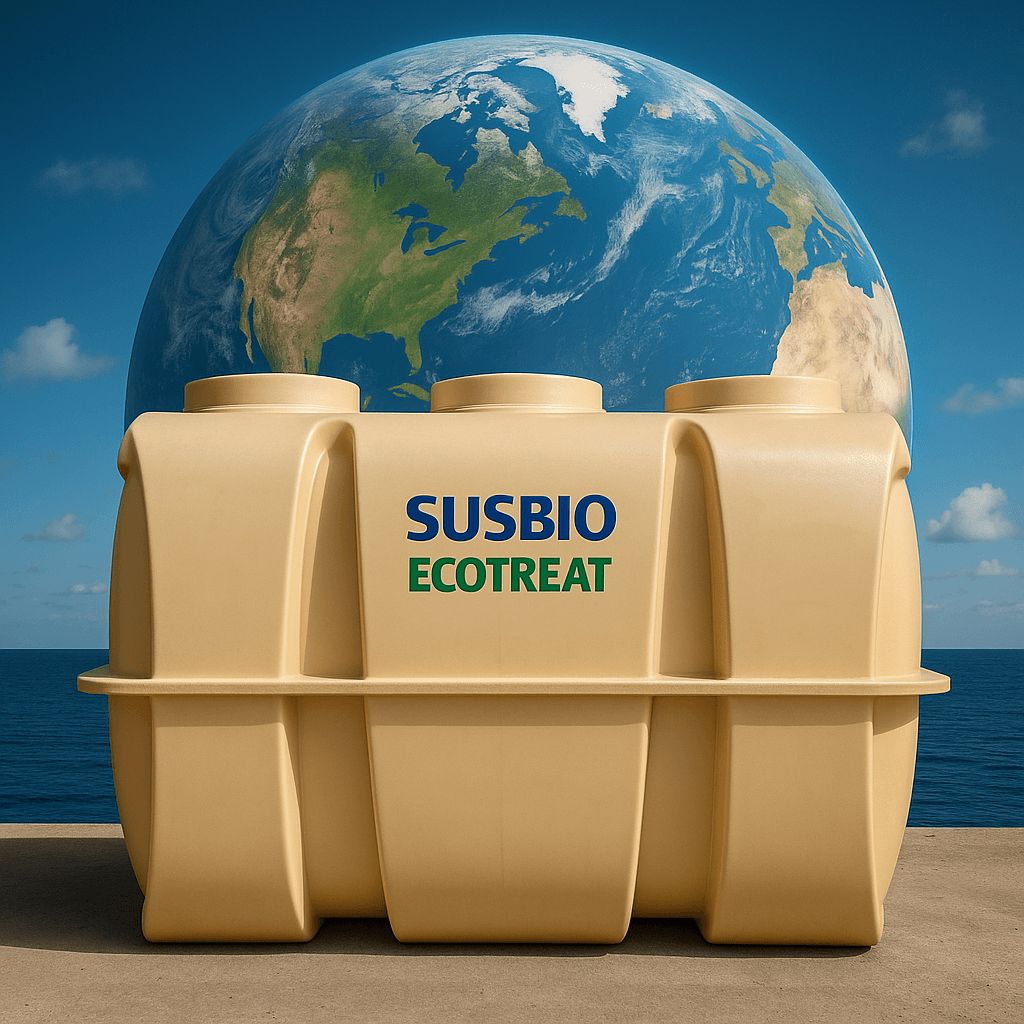
[…] and Sustainable – Modern STPs within decentralized frameworks are adaptable to diverse settings, ensuring efficient wastewater […]